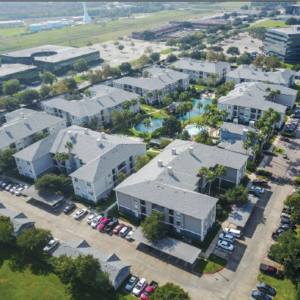San Jose, New York, and San Francisco are the markets with the largest rent declines, along with many primary markets. The outlook for 2021 is positive but will likely be led by suburban submarkets rather than urban submarkets as residents look for amenities that are appealing despite a global pandemic.
Below are key takeaways from the following reports:
2021 U.S. Real Estate Market Outlook – CBRE – Link
Matrix National Multifamily Report – October 2020 – Yardi Matrix – Link
Download the PDF version of this report here:
2021 U.S. Real Estate Market Outlook
CBRE
- CBRE Forecasts a return to pre-COVID vacancy levels and a 6% increase in net effective rents next year, with a full recovery of the market coming in early 2022
- Demand levels will not likely reach that of 2018 and 2019 but should be a significant rise from 2020
- Vacancy rates for affordable multifamily housing will likely remain relatively low in the coming year
- Class B and C affordable housing maintained low vacancy and modest rent growth in 2020. However, Class C properties have higher delinquencies.
- Suburban submarkets will lead the recovery in 2021, while urban submarkets will lag
- Five COVID-19 related factors diminish the appeal of urban submarkets:
- Remote working requirements
- Closing of a portion of urban amenities
- Reluctance to use public transportation
- Desire for more living space
- Desire for greater access to the outdoors
- Five COVID-19 related factors diminish the appeal of urban submarkets:
Matrix National Multifamily Report – October 2020
Yardi Matrix
- Multifamily rents remained flat for the third consecutive month in October
- Nationwide rents fell 0.6% on a year-over-year basis
- Secondary and Tertiary markets are outperforming gateway markets
- The Inland Empire, Sacramento, Las Vegas and Phoenix are leading the top 30 markets
- These markets are largely profiting from migration out of the San Francisco and Los Angeles markets
- San Jose (-10.2), New York (-10.0%), San Fransisco (-8.2%), Washington, D.C. (-3.7%), Boston (-3.1%), Chicago (-2.9%) and Los Angeles (-2.8%) are all at the bottom of the top 30 markets in terms of rent growth
- Since these markets are heavily impacted by the tech industry (which has lead the work from home movement), the lack of available area amenities is one reason for many residents to relocate
- Lifestyle assets (-2.0%) have the slowest growth compared to renter-by-necessity assets (1.1%)
- The Inland Empire, Sacramento, Las Vegas and Phoenix are leading the top 30 markets




